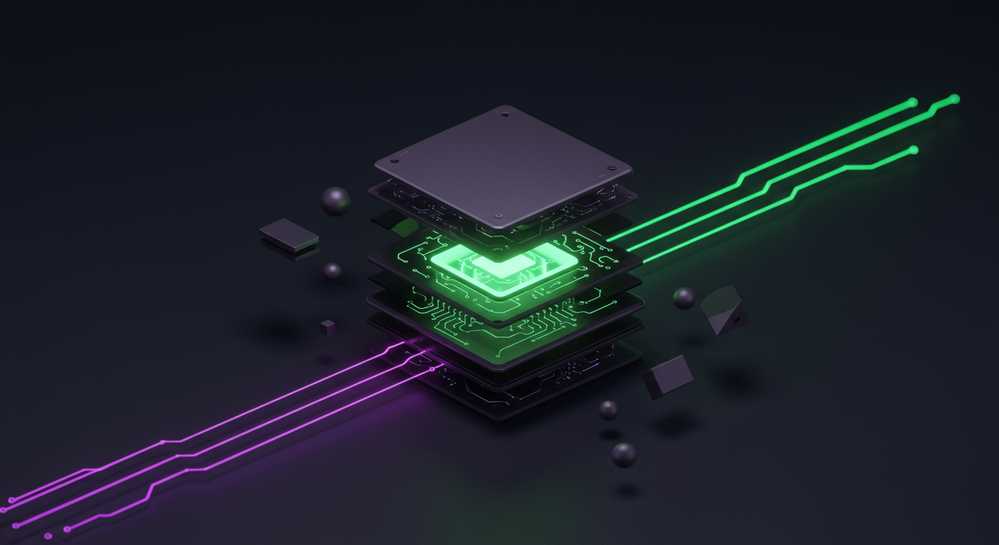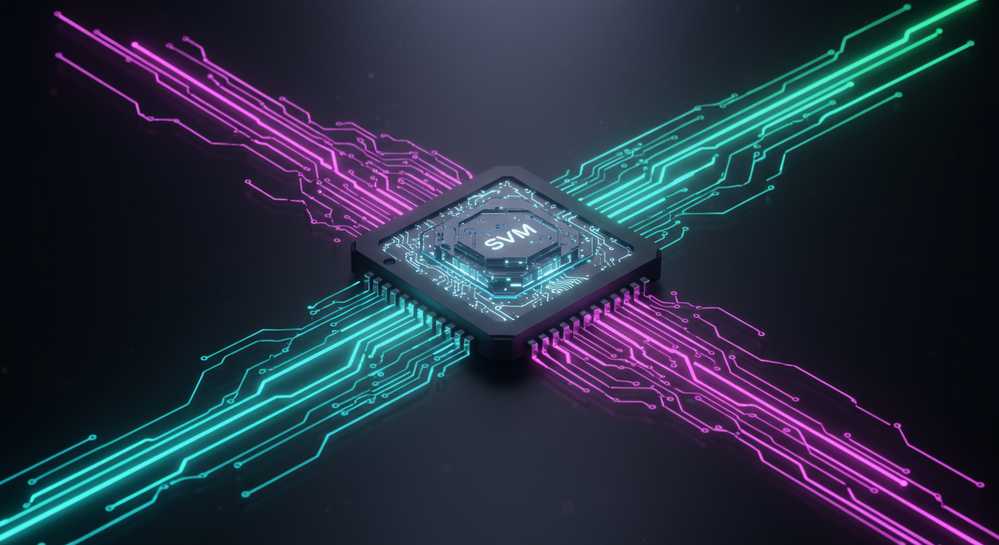Solana’s reputation for incredible speed and low transaction fees is well-known, but what is the core technology that makes it all possible? The answer lies in the what is solana virtual machine (SVM), a unique computational engine designed for a new era of blockchain performance. This article explains how the SVM works, its key differences from other virtual machines, and why it matters for the future of decentralized applications.
Contents
Unpacking the Solana Virtual Machine

What is the Solana Virtual Machine?
The Solana Virtual Machine, or SVM, is the computational engine at the heart of the Solana blockchain. It is a specialized runtime environment built to execute on-chain programs, also known as smart contracts. Its core design principle is to process thousands of transactions in parallel, a stark contrast to the sequential processing model used by many other blockchains. This architecture is the key to Solana’s renowned high throughput and low latency, making the network highly scalable.
This parallel approach fundamentally changes how a blockchain operates. By handling non-overlapping transactions simultaneously, the SVM avoids the bottlenecks that often lead to network congestion and high fees. Understanding its function is essential for anyone engaging with the ecosystem. It forms a core part of the essential Solana terminology for both developers and advanced users. The result is a more efficient and user-friendly experience on the network.
Core components and features of the SVM

The SVMs high performance is not accidental; it is the result of several innovative architectural choices working in concert. These core components are what allow it to deliver unparalleled speed and efficiency for decentralized applications. The system is designed from the ground up to maximize throughput, a goal achieved through three key pillars of its architecture.
Sealevel: The power of parallel execution
Sealevel is the SVMs hyper-parallelized transaction processing engine. It allows the network to execute tens of thousands of smart contracts simultaneously. This is possible because transactions declare which parts of the blockchain state they will access beforehand. The SVM then identifies non-overlapping transactions and runs them in parallel, a native scaling solution distinct from approaches seen in many Bitcoin Layer 2 projects.
Programming languages: Rust, C, and C++
The SVM supports development in established languages like Rust, C, and C++. This decision lowers the barrier to entry for millions of developers, allowing them to use familiar tools. Rust is particularly favored for its memory safety and performance, making it ideal for building secure and efficient on-chain programs without a steep learning curve.
LLVM compilation for native speed
The Solana Virtual Machine uses the Low-Level Virtual Machine (LLVM) compiler. It compiles program code into the blockchains native instruction format ahead of time. This process creates highly optimized machine code that executes with near-native speed. This is a major contributor to the overall performance and efficiency of the Solana network.
SVM vs EVM: A tale of two virtual machines
To truly appreciate the design of the Solana Virtual Machine, it is helpful to compare it with the Ethereum Virtual Machine, or EVM. The EVM is the most widely adopted virtual machine in the blockchain space. While both serve to execute smart contracts, their underlying philosophies and architectures are vastly different. These differences impact everything from transaction speed to cost, which can influence broader ecosystem metrics like the undefined.
| Feature | Solana Virtual Machine (SVM) | Ethereum Virtual Machine (EVM) |
|---|---|---|
| Transaction Processing | Parallel using Sealevel | Sequential one at a time |
| Smart Contract Language | Rust, C, and C++ | Solidity |
| State Management | Stateless; state passed via transactions | Accounts have state managed by the EVM |
| Performance | High throughput, low latency | Lower throughput, higher latency |
| Gas Fees | Historically low and predictable | Can be high and volatile |
Why developers and users choose the SVM

The unique architecture of the SVM translates into tangible benefits for both developers and end-users. These advantages are central to Solanas value proposition as a global-scale blockchain, directly answering why so many choose this ecosystem. The design of the Solana Virtual Machine creates a powerful and efficient environment for decentralized applications.
- Unmatched scalability and speed: The parallel processing capability allows the network to scale effectively with hardware. It handles transaction volumes far beyond sequential blockchains. This makes it ideal for high-frequency trading, gaming, and social media.
- Drastically lower transaction costs: By processing transactions efficiently, the SVM keeps network fees consistently low. This makes microtransactions feasible and improves the user experience by removing high cost barriers.
- Enhanced developer flexibility: Support for mainstream languages like Rust provides developers with a robust and familiar environment. They can build complex and secure applications without learning a niche language from scratch.
- A rapidly growing ecosystem: The performance advantages of the SVM have attracted a vibrant ecosystem of dApps. This includes everything from decentralized finance platforms to NFT marketplaces, creating a network effect that benefits all participants.
The Solana Virtual Machine is a purpose-built engine for performance and scale. By moving away from the traditional sequential processing model, it unlocks the potential for blockchain applications to serve millions of users with high speed and minimal cost. For anyone looking to build or use the next generation of decentralized services, understanding the SVM is key to navigating the future of crypto. Find the best tools to interact with this ecosystem at Best Trading Bot .
